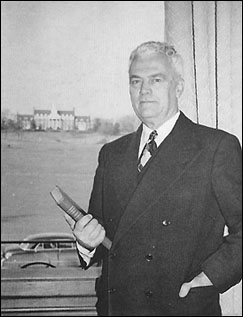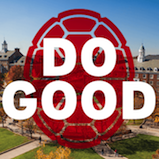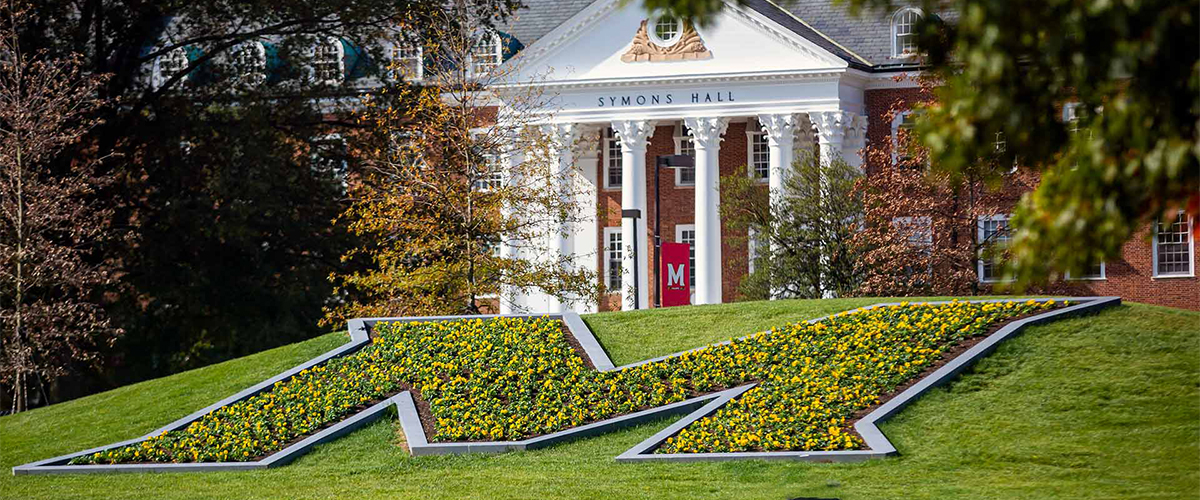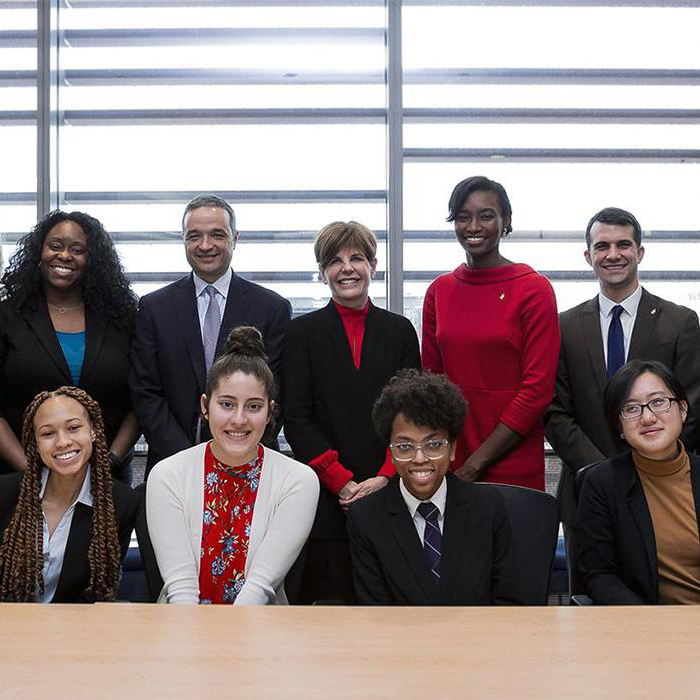Harry Clifton Byrd
 Harry Clifton "Curley" Byrd (1889-1970) was president of the university from 1935 to 1954.
Harry Clifton "Curley" Byrd (1889-1970) was president of the university from 1935 to 1954.
A 1908 graduate of the Maryland Agricultural College with a B.S. in engineering, Byrd began his 43-year career at the University of Maryland with a two-week stint coaching football in 1911. He went on to teach English and history, was athletic director and served as an assistant to Raymond Pearson before becoming president.
Under his tenure as president, the University of Maryland became one of the nation's largest universities as a result of New Deal construction projects, wartime training programs and the postwar enrollment boom. Byrd's major accomplishments included the development of an educational extension program that became University College and included a full academic program, partially funded by the Army and Air Force, for overseas military personnel. Byrd also took a personal interest in developing an American studies program. Despite his reluctance, the university began enrolling African-American students in the 1950s.
An accomplished athlete and former Terrapin football star, Byrd as president found the football team's success an effective means of lobbying for state funding to grow the athletics program and build a new football stadium, which opened in 1950. Capital One Field at Maryland Stadium now stands as a reminder of his impact on athletics and the university.
In 1954, Byrd retired to run, unsuccessfully, for governor against Theodore McKeldin.




